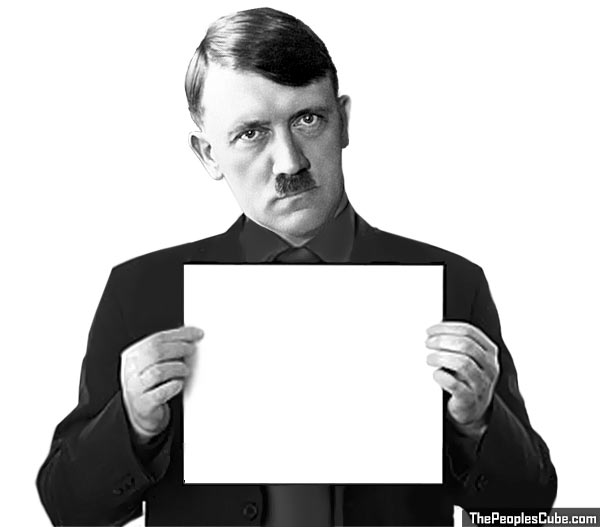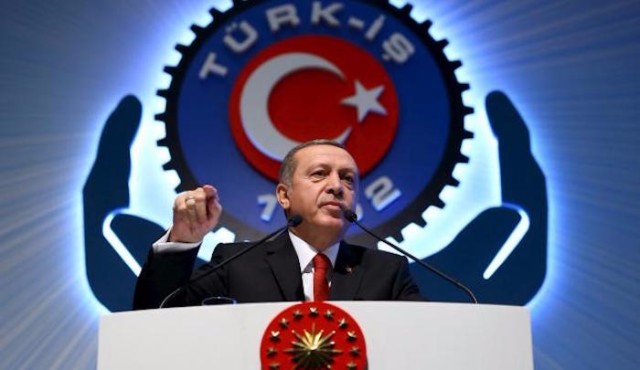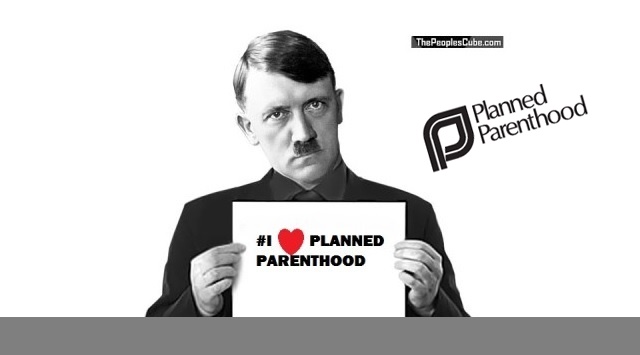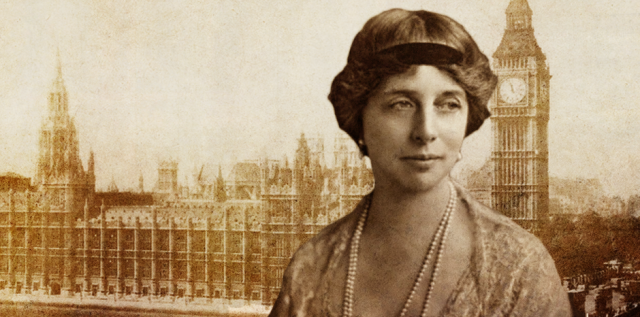VIDEO: Hitler’s Early Days As A Communist
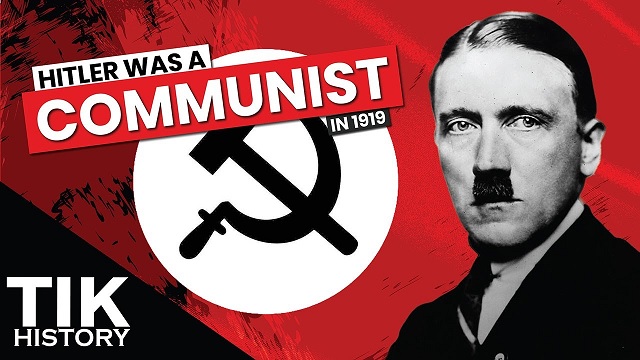
There is photographic, video and contemporary reports of Adolf Hitler being elected into the Socialist Bavarian People’s State and the Communist Bavarian Soviet Republic. While historians have acknowledged that this happened, they’re reluctant to come to any conclusions regarding it (since it will fundamentally undermine their own narratives). In this video, we’re going to dive into the evidence and the debate surrounding this topic. Was Hitler a Communist in 1919? Let’s find out.
WATCH: So, Hitler was a Communist in early 1919
Hitler: Essential Background Information – University of Kentucky
Adolf Hitler (1889-1945) is unquestionably the central figure in the story of the Holocaust. It was the combination of his virulent hatred of Jews and his success in creating a political movement that was able to seize control of Germany that made the campaign to exterminate the Jews possible.
Hitler’s origins: Hitler was born in a small town in Austria in 1889. He was the son of a local customs official and his much younger third wife. Hitler’s father was an illegitimate child and it is uncertain who his father was, but there is no evidence for the legend that this unidentified grandfather was Jewish. Hitler’s father was harsh and distant. He had a closer relationship with his mother, and her death from cancer when he was 17 was traumatic for him.
Hitler had a normal education. As a young man, he showed no special talents. He wanted to study art, and moved to Vienna after his mother’s death in hope of being accepted to art school, but was turned down for lack of talent.
Sources of Hitler’s anti-Semitism: Because we have very little reliable information about Hitler’s early life, it is hard to determine exactly when he became a confirmed anti-Semite. His own account, in his book Mein Kampf, is not entirely accurate: by the time he wrote it, he wanted to make it appear that he had adopted anti-Semitic ideas quite early in his life. Prejudice against Jews was widespread in the early 20th century, but there is no evidence that Hitler’s family was particularly anti-Semitic. Discussions of Hitler’s antisemitism focus on three periods in his life:
- The Vienna years (1909-1913): Hitler later claimed this was when he developed his antisemitic outlook. Vienna had a large Jewish minority (about 10% of the population when Hitler lived there). It was also a hotbed of ethnic conflict, as members of all the different populations of the Austrian Empire (Czechs, Poles, Croats, Hungarians) migrated to the rapidly growing capital. Hitler observed the success of the city’s popular mayor, Lueger, who was regularly re-elected on a virulently anti-Semitic program. He also probably read some of the widely circulated racist and anti-Semitic literature that was easily available in the city. Many of these pamphlets also claimed that Jews were the main architects of modern capitalism, and that they lived off the sweat of honest non-Jewish workers. On the other hand, Hitler was a regular visitor in at least one Jewish family’s home, and his efforts to support himself by selling paintings were made possible primarily by Jewish art dealers. In other words, Hitler had not yet made anti-semitism the center of his life during this period, despite his later claims.
- The war years and the defeat of Germany (1914-1919): although he was an Austrian citizen, Hitler volunteered to serve in the German Army at the start of World War I. He served through all four years of the conflict, although he rose only to the rank of corporal. He identified completely with the German cause, and was deeply disturbed by the defeat of 1918. Like many disappointed soldiers, he believed that the army had been “stabbed in the back” by traitors. Although German Jews had loyally supported their country during the war, they were more likely than other Germans to welcome the new, democratic Weimar Republic established after the defeat. This led to accusations that Jews were responsible for Germany’s defeat. In addition, the war had led to the Russian Revolution of 1917 and the establishment of the Bolshevik or Communist regime there, devoted to the overthrow of capitalism. In 1919, there was a short-lived attempt to create a Communist government in Germany as well. Enemies of the Communists pointed to the role of a few Jews in this movement and labeled Communism a Jewish conspiracy. Modern scholars, particularly Hitler biographer Ian Kershaw, tend to see these years, rather than the Vienna period, as the time when Hitler’s ideas about Jews really became fixed. This focuses attention on the impact of the war, rather than the ethnic hatreds in pre-war Austria.
- The first years of the Weimar Republic (1919-1923): After the war, Hitler lived in Munich, a city overrun with bitter ex-soldiers and others angry at the new democratic government in Berlin. He began to associate with some of the many groups formed to agitate against all the evils affecting Germany: capitalism, Communism, the unpopular Treaty of Versailles, democracy, and the Jews. By September 1919, Hitler had clearly come to see the Jews as the organizing force behind these problems. He also began to speak of Germany’s need to conquer additional territory—Lebensraum or “living space”—for itself, at the expense of the “Jewish Bolsheviks” in Russia. There was nothing original about his ideas. He did begin to make a name for himself, however, because of his unusual speaking ability. By 1920, he had become one of the most popular agitational speakers in Munich. He took over one of the many small ultra-right-wing groups, the German Workers’ Party (later renamed National Socialist German Workers’ Party, or Nazis for short) and built it up into a larger group, although its support was still mostly limited to Munich and surrounding areas. Anti-Semitism was a regular part of Hitler’s message throughout this period. By 1923, he thought anger against the Weimar Republic was widespread enough to make the overthrow of the government possible; he wanted to set up a right-wing government, but did not yet imagine himself as its leader. This Beer Hall Putsch (Nov. 9, 1923) failed when the army and the police refused to support it. Hitler was arrested, and his movement seemed to have failed. During this period, Hitler became an effective propagandist for anti-Semitism, but his ideas on the subject had formed earlier.
The Stages of Hitler’s Rise to Power (1924-1933)
After the Beer Hall Putsch in 1923, Hitler was tried and sentenced to prison. Most observers assumed that his political career was over. The extreme economic problems that had weakened the Weimar Republic in its first few years eased starting in 1924, and fewer people were attracted to political extremism.
- 1924: In prison, Hitler writes Mein Kampf, setting out his ideas. In his absence, it becomes clear that no one else can create a successful ultra-right-wing movement
- 1925-28: Hitler, released from prison, reconstitutes the Nazi Party under his exclusive leadership. The Party does very poorly in elections, but this period allows Hitler to recruit a small but devoted group of followers, including many who would be leading figures in the Nazi regime after it came to power.
- 1929-32: the start of the world economic depression following the crash of the United States stock market in October 1929 gives Hitler a chance. As unemployment skyrockets in Germany, voters turn against parties associated with the Weimar Republic. The Nazis score a series of successes in state elections. Hitler benefits from the deep divisions among the other German political parties. The Communists hope to profit from the Depression. They blame Germany’s problems on capitalism, call for a revolution, and refuse to cooperate with any of the others parties. Conservative nationalist parties blame parliamentary democracy and the Versailles treaty for Germany’s problems. They hope to use the economic crisis to overturn the constitution and restore an authoritarian system similar to the pre-war monarchy. They see Hitler as a potentially useful ally. The Social Democratic Party is the strongest defender of the democratic system, but blames the “bourgeois” pro-capitalist parties for the economic crisis. The Catholic Center party has the greatest weight in the government, but has no remedy for the Depression. By contrast, the Nazis offer a simple explanation of the crisis—it’s the fault of the Jews—and a simple program for ending it. In national parliamentary elections in September 1930, the Nazis score an unexpected success, winning 18% of the vote and becoming the second-largest party (after the Social Democrats). In 1932, Hitler runs for president against the celebrated war hero Hindenburg and wins 37% of the vote.
- 1932-1933: An unpopular coalition government led by the Center Party fails to gain support, and new parliamentary elections are called in July 1932; Hitler’s party wins 37% of the vote, while the Communists get 16%. No majority coalition in favor of democracy can be established any more. Various right-wing politicians compete with each other to create a government that will rule by decree. Hitler is offered a place in one of these schemes, engineered by von Schleicher, in August 1932, but refuses because he would not have full control. New elections are held in November 1932 to break the deadlock. For the first time since 1929, the Nazis’ share of the vote goes down, to 32%. Fearing that his moment may be about to pass, Hitler becomes more conciliatory to Schleicher. On January 30, 1933, an agreement is announced: Hitler will be named Chancellor (prime minister). Despite the broad support for the Nazis, the party will have only four seats in the cabinet. Schleicher and other conservatives expect Hitler’s extremism to undermine his popularity; they will then be able to dismiss him and keep power themselves.
Significant points about Hitler’s rise to power: (1) Hitler’s success owed a great deal to the weakness of democracy in Germany; (2) it took the Great Depression to create the conditions in which Hitler could come to power; (3) although his party did become the largest in Germany, Hitler was not elected to office; the Nazis never won an absolute majority of votes, even in the final elections held after they came to power in March 1933; (4) Hitler became Chancellor thanks to the calculations of right-wing nationalist politicians who thought they could use his popularity to destroy the Weimar system.
The best biographies of Hitler: historians rely on the three serious and thoroughly researched biographies of Hitler. There are other good books about Hitler, but there is also an enormous literature of very dubious quality dealing with him, which often relates rumor as if it was fact. The three essential books about Hitler are:
- Alan Bullock, Hitler: A Study in Tyranny. Originally published in 1952, this book is now somewhat dated but still very readable and essentially accurate on the stages of Hitler’s rise to power.
- Joachim Fest, Hitler. Originally published in 1973, this is the most important examination of Hitler’s life by a German scholar.
- Ian Kershaw, Hitler (2 vs., 1999 and 2000): Even longer and more detailed than Bullock and Fest, Kershaw’s recent biography incorporates the latest research on topics such as Hitler’s early life, and shows why many of the stories about Hitler included in earlier biographies are no longer considered reliable. This will undoubtedly be the standard biography of Hitler for many years to come.
©2024. Dr. Rich Swier. All rights reserved.
RELATED ARTICLE: Fury as FDNY firefighters are forced to remove Stars and Stripes honoring 9/11 heroes after Democrat lawmaker branded it a ‘fascist symbol’

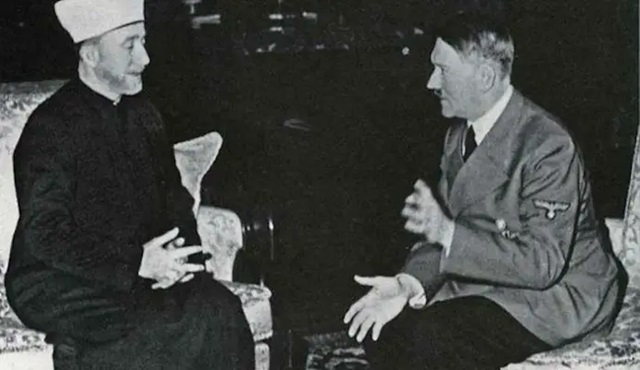
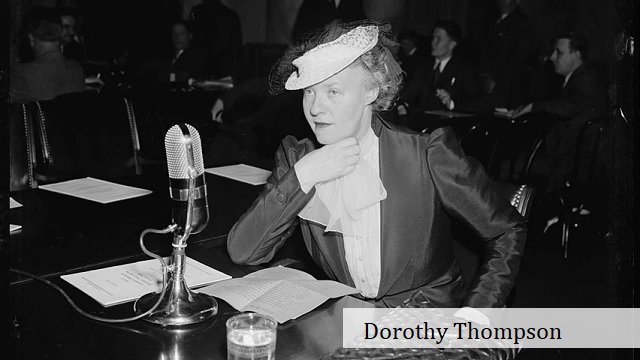

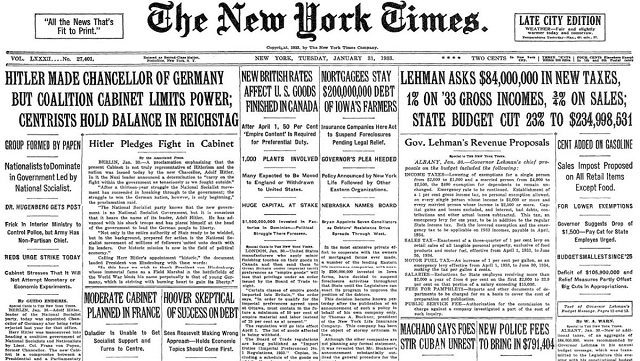

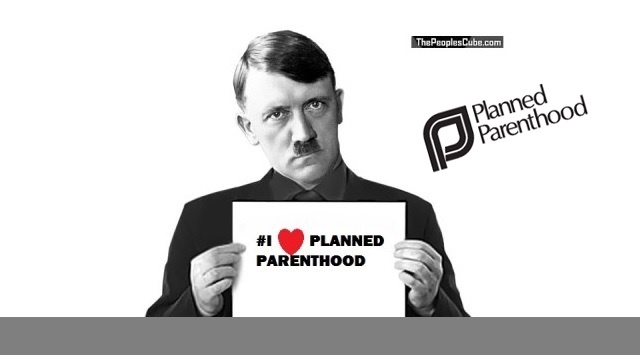
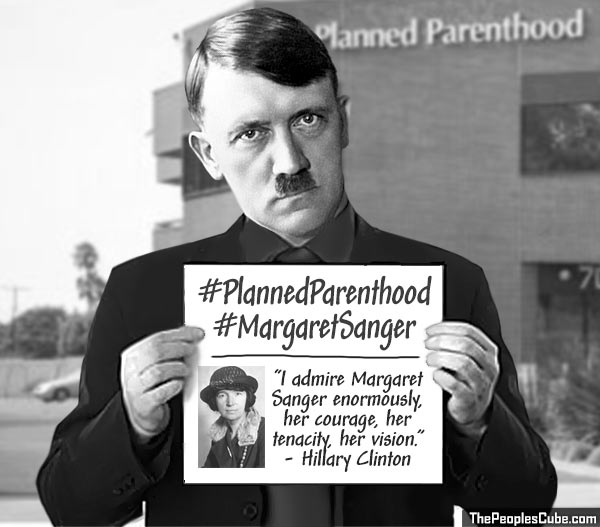 Planned Parenthood activists were reminded today of their organization’s
Planned Parenthood activists were reminded today of their organization’s 